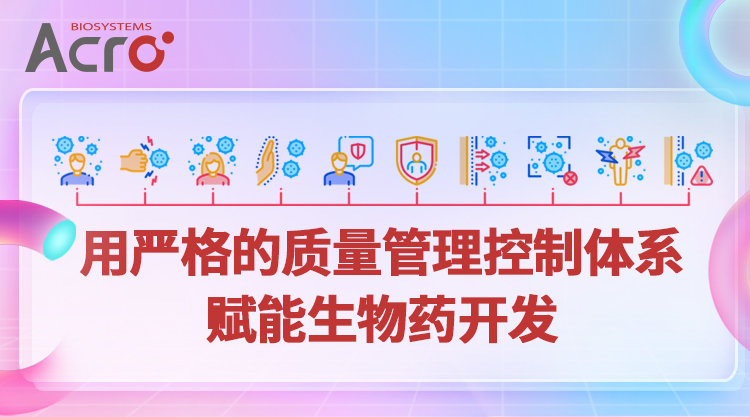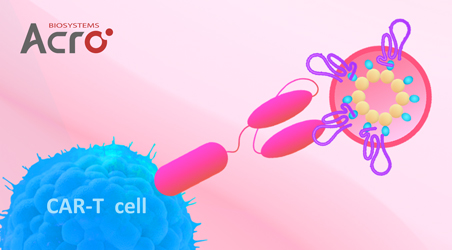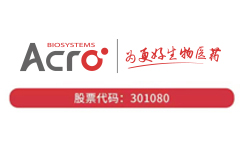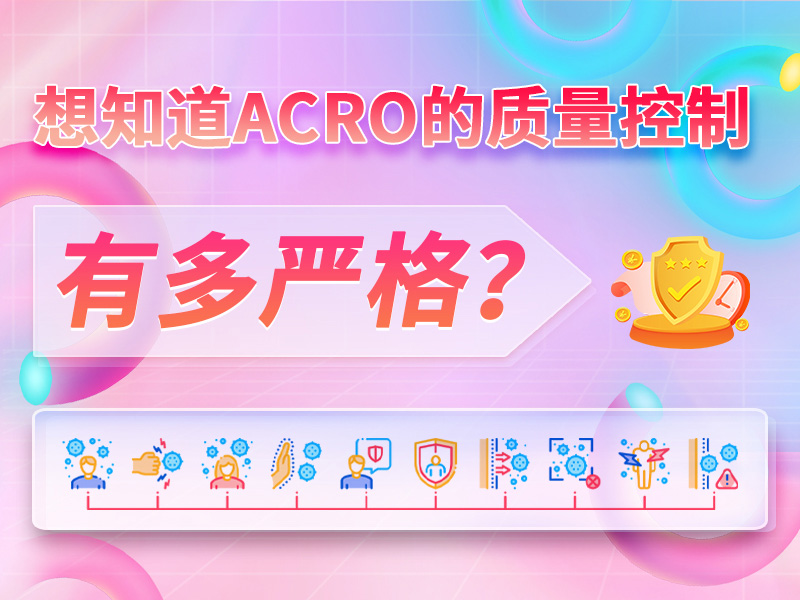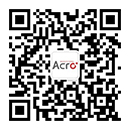组分(Materials Provided)
| ID | Components | Size |
| ADC-P002-C01 | 20 x Reaction buffer | 30 μL |
| ADC-P002-C02 | Cofactor A | 12 μL |
| ADC-P002-C03 | Cofactor B | 12 μL |
| ADC-P002-C04 | Substrate A | 30 μL |
| ADC-P002-C05 | Substrate B | 24 μL |
| ADC-P002-C06 | Enzyme A | 150 μL |
| ADC-P002-C07 | Enzyme B | 60 μL |
| ADC-P002-C08 | Enzyme C | 15 μL |
| ADC-P002-C09 | Enzyme D | 45 μL |
| ID | Components | Size |
| ADC-P002-1-C01 | Binding buffer | 15 mL |
| ADC-P002-1-C02 | Elution buffer | 1.5 mL |
| ADC-P002-1-C03 | Neutralization buffer | 0.5 mL |
| ADC-P002-1-C04 | 250 mM Tris-HCl buffer (pH7.5) | 1.5 mL |
| ADC-P002-1-C05 | 10×PBS buffer (pH7.2-7.4) | 6 mL |
| ADC-P002-1-C06 | Desalting column | 2 per |
| ADC-P002-1-C07 | Concentrator tube | 2 per |
| ADC-P002-1-C08 | ProteinA Resin | 200 μL |
背景(Background)
Antibody-drug conjugates (ADC) is a type of fast growing anticancer drug. Monoclonal antibody is conjugated to the cytotoxic payload via a chemical linker that directed toward a target antigen expressed on the cancer cell surface, reducing systemic exposure and therefore toxicity. AGLink® ADC conjugation kit is designed to conjugate mAb with toxic payload (MMAE) though site-specific enzymatic reaction.
应用说明(Application)
AGLink® ADC Conjugation Kit (MMAE, DAR2&DAR4, 2mg) is designed to conjugate 2mg mAb with toxic payload (MMAE) through site-specific enzymatic reaction.
It is for research use only.
优势特色(Features)
- Site-specific conjugation with a high conjugation efficiency
- Uniform DAR, highly homogeneous, and stable ADC products
- Universal and efficient: No amino acid sequence engineering required
- Easy-to-use One-pot conjugation kit
存储(Storage)
BoxA: The unopened kit is stable for 12 months from the date of manufacture if stored under temperature ≤ -20°C. The opened kit should be stored according to components table.
BoxB: The unopened kit is stable for 12 months from the date of manufacture if stored under 4°C. The opened kit should be stored according to components table.
原理-Assay Principles
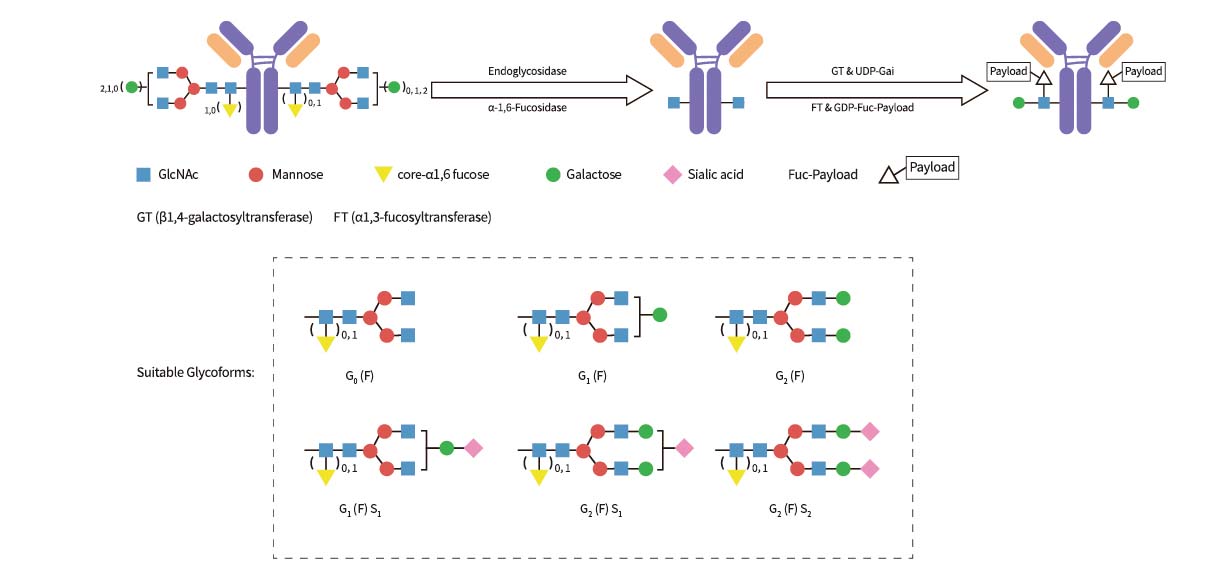
Almost all monoclonal antibodies are glycosylated at Asn-297 of Fc domain. While the glycans have different isoforms, the types which typically dominate are G0F, G1F&G2F (>90%). AGLink® ADC kit, which is based on the YTConju™ Platform of Glyco-therapy Biotechnology, employs the N-linked glycosylation site for site-specific toxin conjugation. Firstly, the glycans and core fucoses are removed from the inner GlcNAc catalyzed by Endoglycosidaseandα-1,6-Fucosidase. Secondly, galactose is added to the GlcNAc catalyzed by β-1,4-galactosyltransferase (GT) to form LacNAc. Then, the α-1,3-fucosyltransferase (FT) recognizes LacNAc, and the toxin is transferred to the GlcNAc of LacNAc. So, the theoretical DAR value of the final conjugates is 2.
The conjugation procedure, which is enzyme catalyzed, is performed as one-pot by combining glycan modification and toxin conjugation simultaneously. The conjugation procedure, which is easy to operate, is performed under physiological conditions, and organic solvents are not introduced. The conjugates prepared through this method usually have high homogeneity and the binding activity of the conjugates to related antigens is not changed.
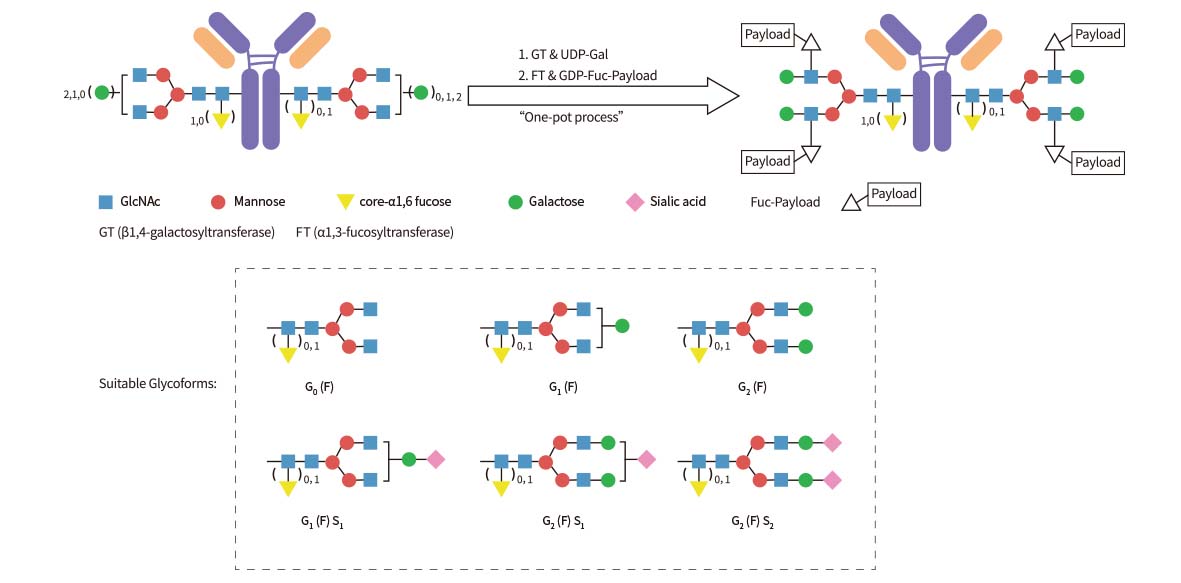
Almost all monoclonal antibodies are glycosylated at Asn-297 of Fc domain. While the glycans have different isoforms, the types which typically dominate are G0F, G1F&G2F (>90%). AGLink® ADC kit, which is based on the YTConju™ Platform of Glyco-therapy Biotechnology, employs the N-linked glycosylation site for site-specific toxin conjugation. Firstly, galactose is added to the terminal GlcNAc catalyzed by β-1,4-galactosyltransferase (GT) to form LacNAc. Then, the α-1,3-fucosyltransferase (FT) recognize LacNAc, and the toxin is transferred to the GlcNAc of LacNAc. So, the theoretical DAR value of the final conjugates is 4.
The conjugation procedure, which is enzyme catalyzed, is performed as one-pot by combining glycan modification and toxin conjugation simultaneously. The conjugation procedure, which is easy to operate, is performed under physiological conditions, and organic solvents are not introduced. The conjugates prepared through this method usually have high homogeneity and the binding activity of the conjugates to related antigens is not changed.
典型数据-Typical Data Please refer to Ds document for the assay protocol.

ADC DAR value assessment by RP-HPLC
DAR (Drug Antibody Ratio) value of ADC product was analyzed by RP-HPLC (QC tested).
Column: TSKgel Butyl-NPR column (4.6 mm × 35 mm, 2.5 μm; TOSOH)
Mobile phase A: 20 mM sodium phosphate, 1.5 M ammonium sulfate (pH 6.9)
Mobile phase B: 75% (v/v) 20 mM sodium phosphate, 25% (v/v) isopropanol (pH 6.9)
Flow rate: 0.4 mL/min
Column temperature: 30 °C
Detection wavelength: 280 nm
Loading Amount: 10 µg (5-10 µL)

DAR (Drug Antibody Ratio) value of ADC product was analyzed by RP-HPLC (QC tested).
DAR=( 0 x 0 + 0.39 x 1 + 98.67 x 2) / 100 =1.98

ADC DAR value assessment by RP-HPLC
DAR (Drug Antibody Ratio) value of ADC product was analyzed by RP-HPLC (QC tested).
Column: TSKgel Butyl-NPR column (4.6 mm × 35 mm, 2.5 μm; TOSOH)
Mobile phase A: 20 mM sodium phosphate, 1.5 M ammonium sulfate (pH 6.9)
Mobile phase B: 75% (v/v) 20 mM sodium phosphate, 25% (v/v) isopropanol (pH 6.9)
Flow rate: 0.4 mL/min
Column temperature: 30 °C
Detection wavelength: 280 nm
Loading Amount: 10 µg (5-10 µL)

DAR (Drug Antibody Ratio) value of ADC product was analyzed by RP-HPLC (QC tested).
DAR=(1.39 x 0 + 2.23 x 1 + 0.98 x 2 + 3.00 x 3 + 92.41 x 4) / 100 = 3.84
Statement of Rights
AGLink products are co-developed by ACROBiosystems Co., Ltd. and Glyco-therapy Biotechnology Co., Ltd. based on Glyco-therapy's conjugation platform (YTConju™) and are not authorized for commercial use. The sale and use of AGLink products doesn't represent any forms of license or authorization of the attached technologies for developing any diagnostic, therapeutic or prophylactic products for commercial purposes.
Note of application
AGLink products are intended for research use only by the Buyer or its users and can not be used for any other purposes, including, but not limited to, use for any clinical diagnostic type use, in vitro or in vivo therapeutic use, prophylactic use, any type of consumption or application to human or animals.
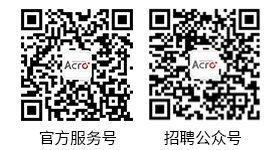


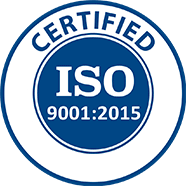
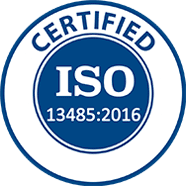
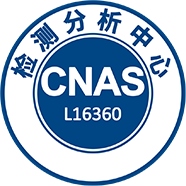





































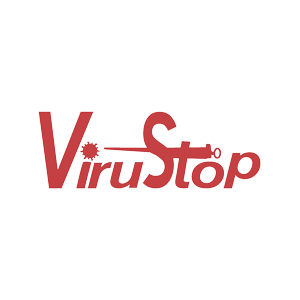










 膜杰作
膜杰作 Star Staining
Star Staining
